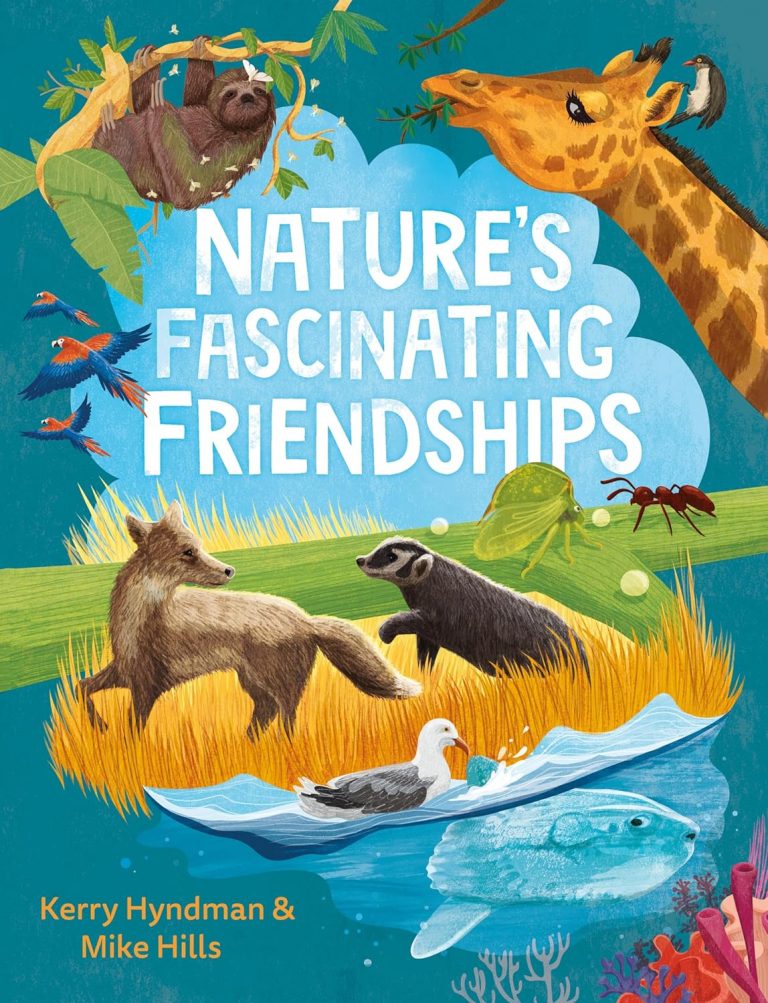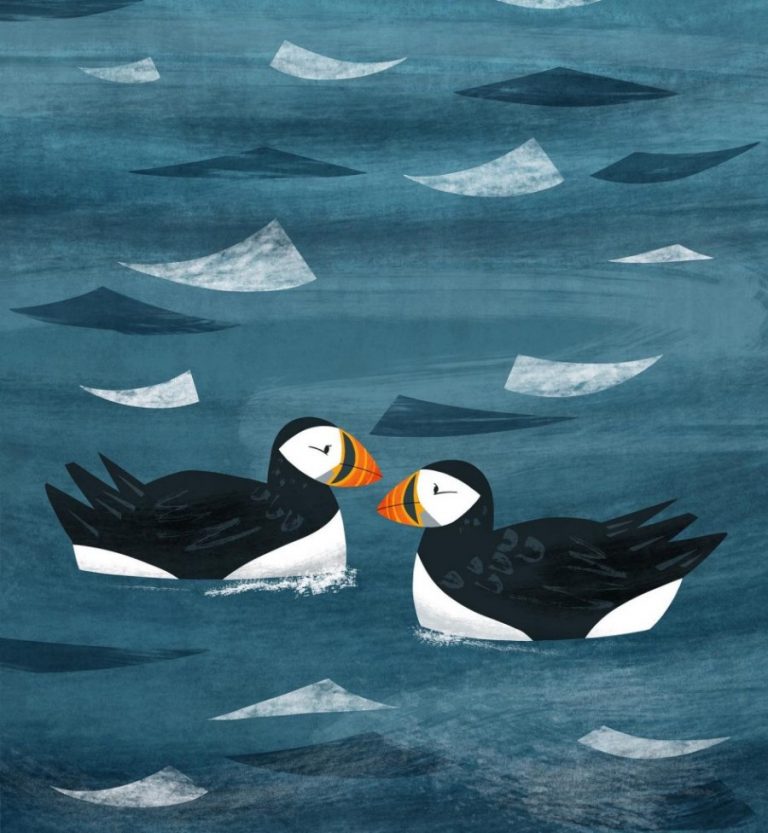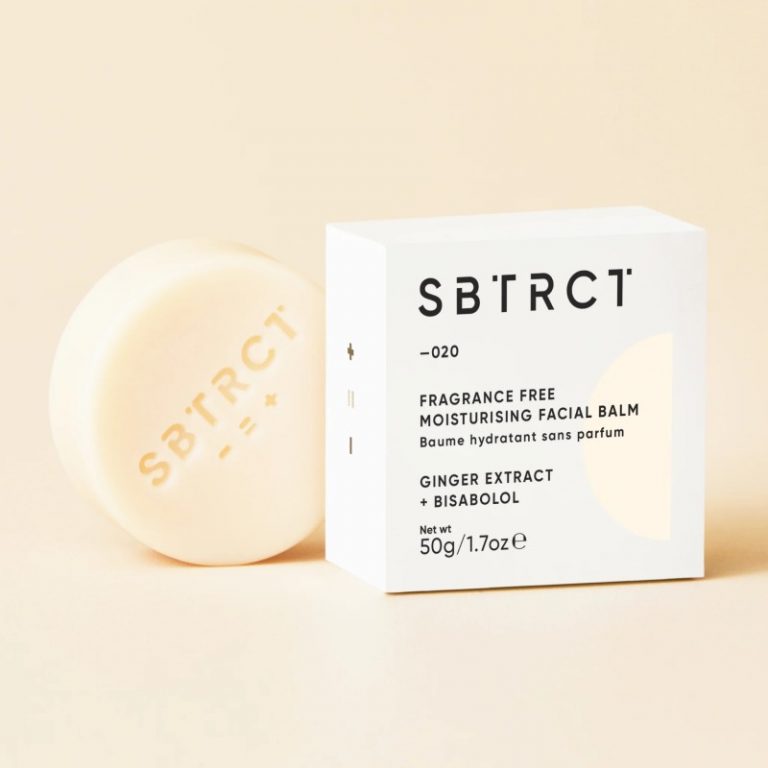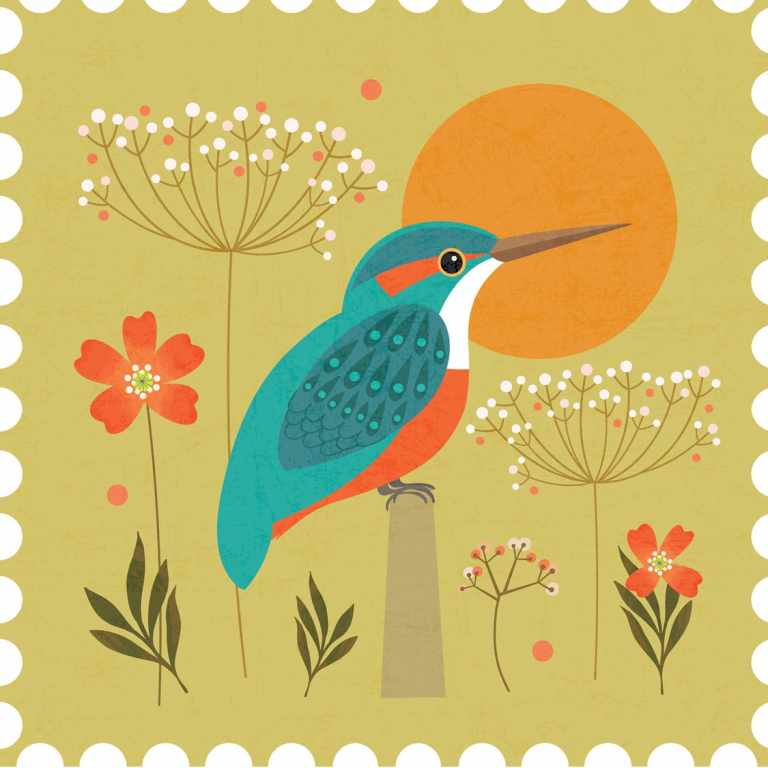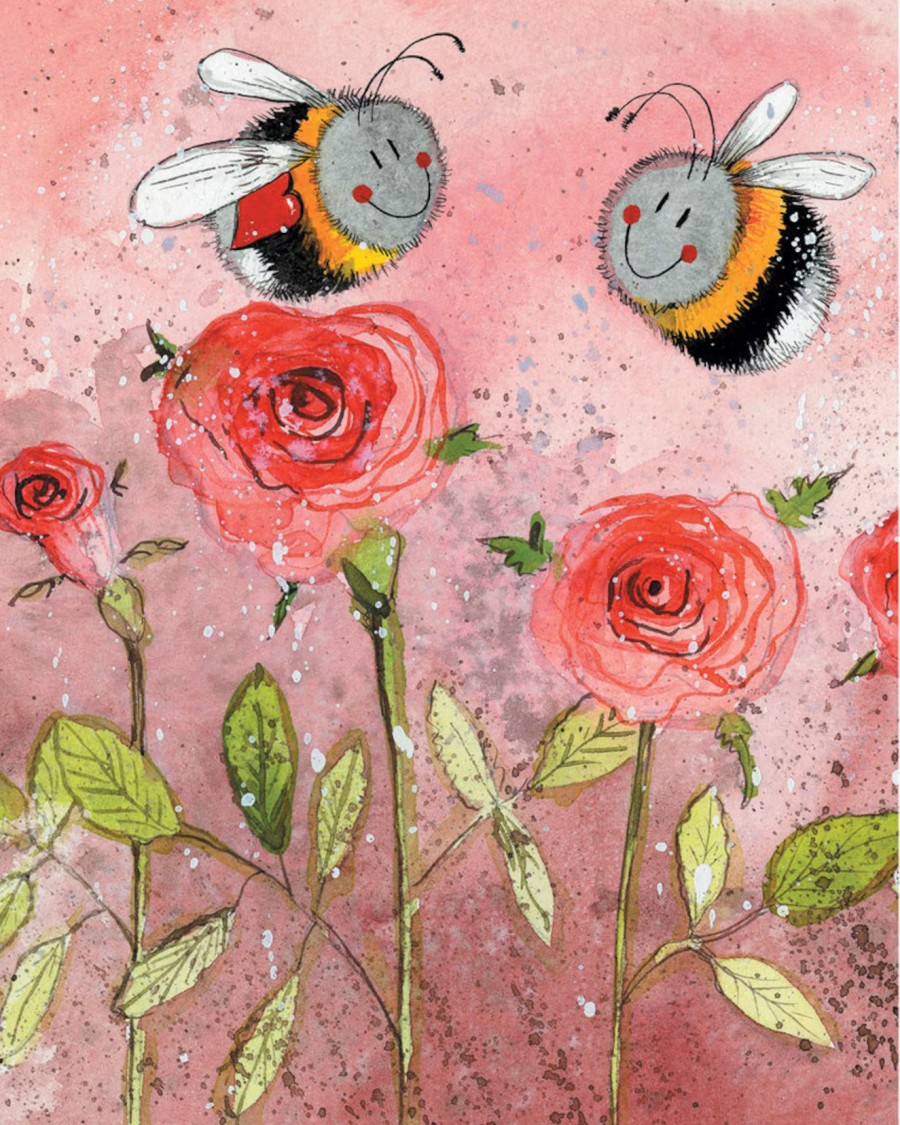
Pink is a favourite colour for those who love femininity, but it’s also a common colour in nature, especially for flowers and birds. Pink was only named as a colour in the 17th century, before that it was simply referred to as a shade of red.
The oldest surviving pigment on earth, it has been around for over 1 billion years, proven by archaeologists studying rocks. The colour is from the molecules of algae (related to seaweed).
Pink is a mix of red and purple on the colour spectrum. So as a colour with no single wavelength, it does not appear in rainbows.
Pretty Pink Flowers

Some pink flowers are not safe near animal friends (including cherry blossom and all bulbs). Read our post on pet-friendly gardens.
We have cherry blossom trees in England, but in Japan it is an ingrained culture. People picnic under cherry blossom trees, and the petals and leaves are used in teas and desserts.
Pink roses are believed to be one of the world’s oldest flowers. As well as beautiful flowers, they are also used to make rosewater (for cooking and beauty) and rose essential oil.
Hibiscus is the national flower of Malaysia and South Korea, and can be eaten (it has a citrus taste) and used as a natural food dye and in beauty. Not for pregnancy/nursing.
Other pink flowers include:
- Hydrangeas
- Dahlias
- Peonies
- Carnations
- Tulips
Pink Pigs!
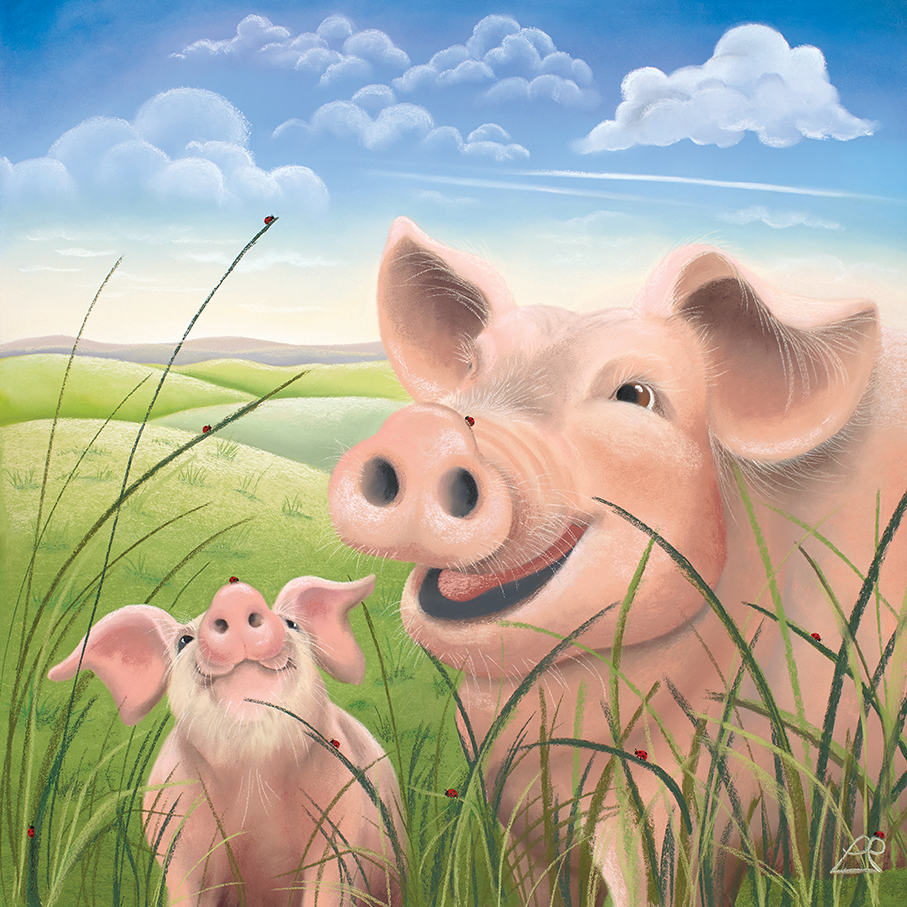
Pigs are highly intelligent and clean animals, and are some of the best mothers in the animal kingdom. They are also very social, often huddling together and sleeping nose-to-nose (mothers sing to their piglets).
Not all pigs are pink, but most appear so, due to their thin white hair and underlying pink skin showing through. Read our posts on how to help pigs (including where to find plant-based alternatives to bacon, ham and pork!)
Pink Birds
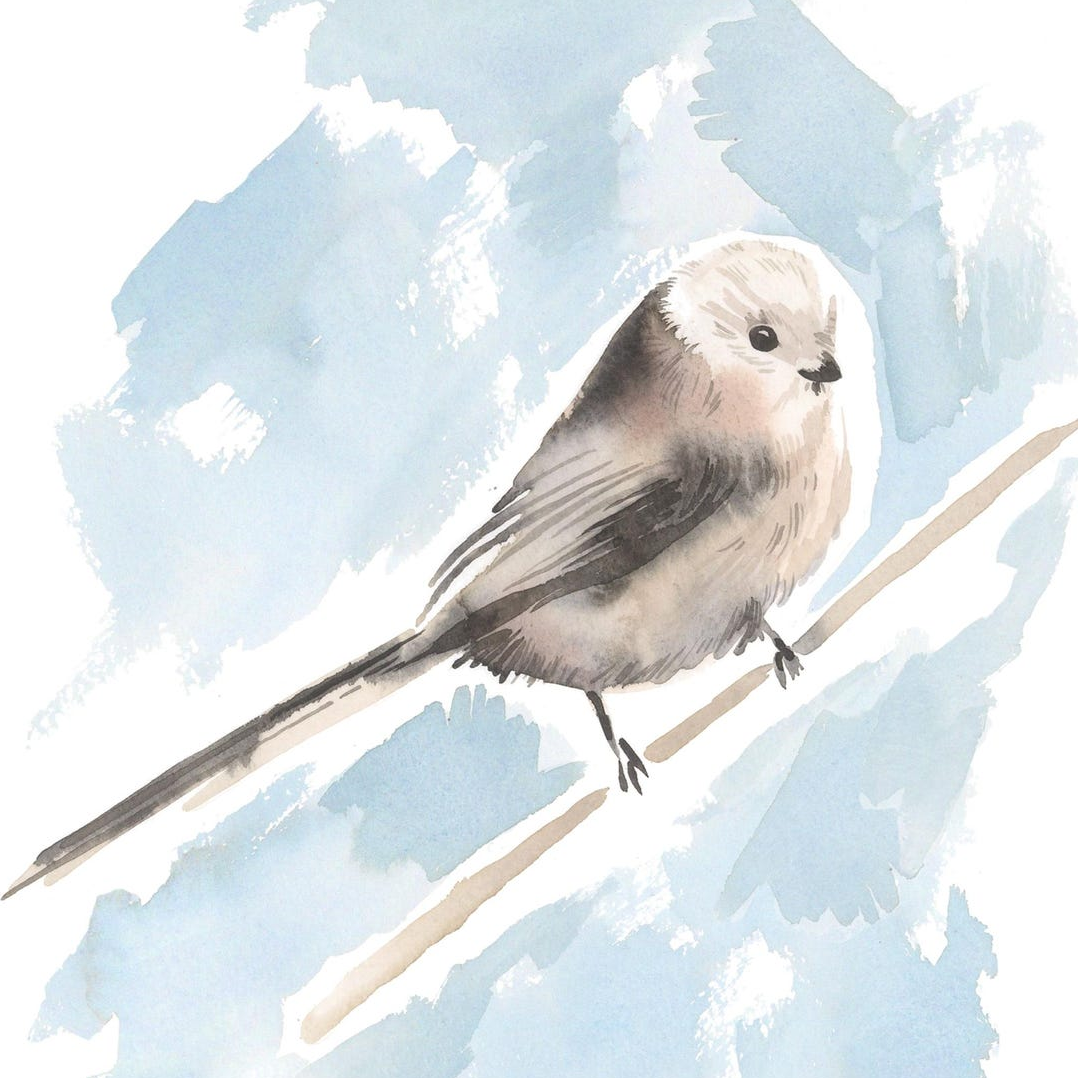
Long-Tailed Tits are vulnerable to harsh weather, and often huddle together to keep warm. They have tailed longer than their bodies, white heads, black eye-stripes and pink backs and flanks.
Read our posts on creating safe havens for garden birds, and how to stop birds flying into windows.
Rosefinches are native to Asia and India, but often visit England, as they migrate south. The pink-red plumage of the males is due to carotenoid pigments from eating fruits and berries.
Pink-Footed Geese also have pink bills, and are known for their loud honking calls. More than 250,000 visit England each winter, many visiting Norfolk, as they love sugar beet found in fields! Read our post on how to help wild geese.

Spoonbills are wading birds, named after their spatula-shaped bills. They may look bizarre, but their bills can sift through water and mud, to scoop and filter food (to find tasty treats like beetles, small fish and tadpoles).
They were once thought to be extinct, but numbers have recovered, and now mostly found on the north Norfolk coast.
Spoonbills are found worldwide, from the icy coasts of Siberia to the lush wetlands of Africa. Some spoonbills migrate vast differences to find suitable habitats for each season. The Spoon-Billed Sandpiper is near extinction, due to habitat loss, climate change and human actions.
Restoring our wetlands is the best way to help wading birds, as it provides natural food and habitat. In recent years, many wetlands have been lost to farming and building, so birds lose their nesting and feeding grounds.
Other issues are water pollution, raw sewage and climate change which changes weather patterns). So support small organic farmers that protect wildlife corridors, and avoid companies that use pesticide, that kill the creatures that wetland birds feed on.
Wild cockatoos and parrots fly up to 30 miles a day in the wild, and live in forests. They live in large flocks, forming social bonds and playing. Highly intelligent, they can craft tools and shape sticks to drum against tree hollows.
Cockatoos are native to Australia, Indonesia and Papua New Guinea. Parrots are native to tropical regions, and can even climb trees!
Pink Fruits & Vegetables

Small-Batch Vegan Strawberry Cake (Rainbow Nourishments)
Strawberries are related to roses, the only fruits with their seeds on the outside. Buy organic, as conventional ones are one of the so-called ‘dirty dozen’ that are often grown with dangerous pesticides. Most recipes can be subbed with pink raspberries (you just may need to add a little sugar, as they are more tart).
Beetroot is one of nature’s sweetest vegetables. Look for local greengrocers, who often cook them early morning, to sell warm (so you don’t have to go to the bother!) Don’t worry if your pee turns pink after eating or drinking it, it’s natural! It also makes a good natural food dye.
Pink Lady Apples are always the first to blossom, taking just 200 days to grow. You can buy organic versions (better, as non-organic apples usually have been sprayed with shellac (dead beetles) to make them waxy.
Rhubarb is one of England’s favourite fruits, although it’s actually a seed. It’s popular stewed with vegan custard, or in a rhubarb crumble. It’s as popular in Sweden, as it is in England. Some people on medication can’t eat rhubarb, so check before serving.
Pink Grapefruit (a hybrid of a pomelo and orange). Back in the 1700s, these were called ‘the forbidden fruit’, due to their unexpected taste. Nice for breakfast! Some people on medication cannot eat grapefruits.
Watermelon is a refreshing fruit with dark green rind and bright pink flesh. Very hydrating, and delicious on a hot day.
Pink Marine Creatures

Seahorses are one of the world’s most unusual creatures. They have no stomach or teeth, perform mating dances for up to 9 hours and the males give birth. One marine biologist says ‘When God invented seahorses, he may have one too many!’
Seahorses have intestines, but no stomachs. Nor teeth. And when they meet their life partners, they perform a dance that lasts up to 9 hours. Then the female transfers her eggs over to the male, who carries them to term!
Other pink marine creatures include:
Jellyfish (read our post on how to stay safe near jellyfish – people and dogs)
Pink River Dolphins have adapted to live in the warm shallow waters of the Amazon rainforest, with their capillaries becoming even more pink, when they are excited. They have unique heads that can turn side to side, and feed on fish (including piranha). Although due to habitat loss and river pollution, they are now an endangered species.
Pink Arthropods
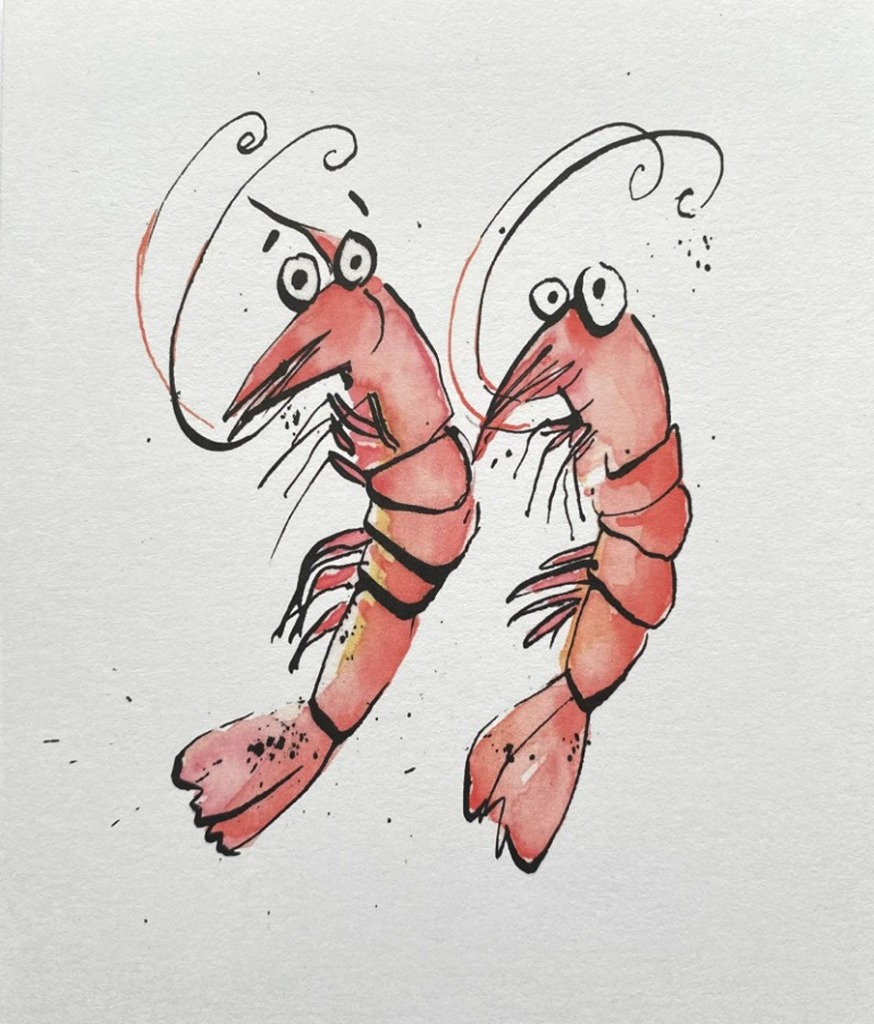
Read our post on plant-based alternatives to shrimp!
Lobsters are blue (not pink) and have a central nervous system, so this means they feel things. So please don’t cook them. also show compassion to crabs.
Pink Dragon Millipedes are found in leaf litter in limestone caves in Thailand. Most active after rain showers, they roll into a ball (just like hedgehogs) if threatened. They smell of almonds (!) and carry a deadly poison called hydrogen cyanide.
Pink Lagoon Birds, Lagoons and Beaches
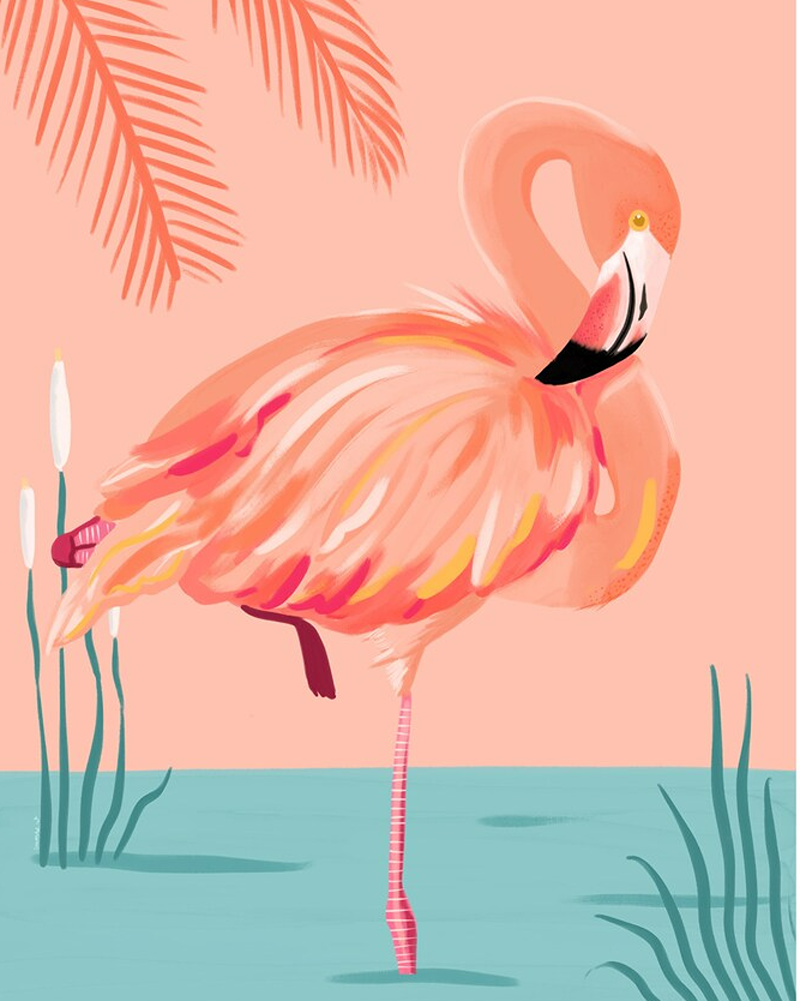
Flamingos are one of nature’s most beautiful birds. They have long legs and mostly are found in Chile. However, they are born grey. They only ‘turn pink’ due to eating algae, shrimp and other crustaceans. They live for decades in the wild, performing elaborate courtship dances.
Hutt Lagoon (Australia) is a bright pink lake, made so due to algae and red minerals. Depending on the time of day, it can be pink, lilac or even bright red.
Tikehau Beach (French Polynesia) has pink sand, due to crushed coral and shells.


